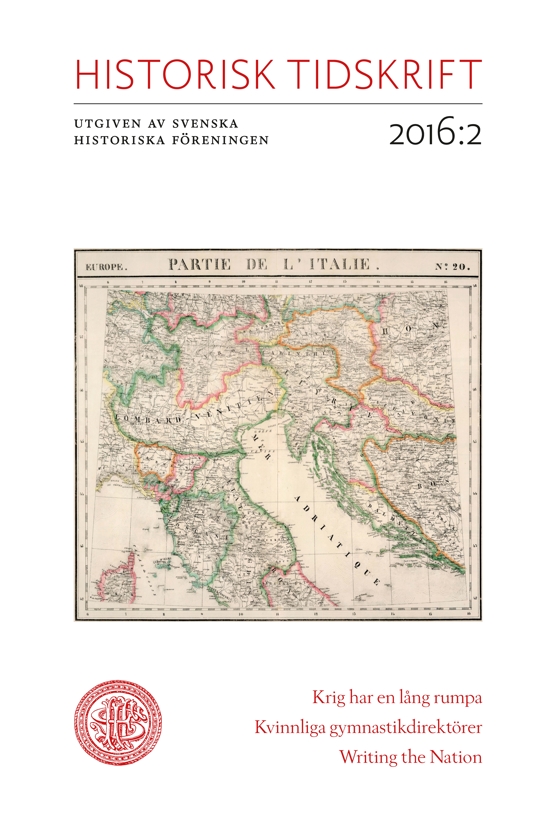Abstract
Women, careers and family: A study of the professional careers and lives of Swedish female gymnastics directors around the year 1900
This article analyses the professional careers of Swedish female gymnastics directors around the turn of the nineteenth century by means of a collective biographical study of the 25 women who graduated from the Royal Central Institute of Gymnastics (RCIG) in Stockholm in 1893. The institute was held in high repute in Sweden and abroad and was one of the first institutes in Sweden to provide higher professional education for women. The investigation is based primarily on the unique correspondence between the women. A correspondence book circulated among them between 1893 and 1943 and it contains a total of almost 500 letters amounting to thousands of handwritten pages.
The study shows that the women, who with the odd exception came from the upper echelons of society, had good opportunities to pursue a career after graduating from the RCIG. As graduates they earned a double degree and were qualified to work as both physical education teachers and as physiotherapists. This double professional authorization meant that the prospect of obtaining work was good in both Sweden and abroad. Their services were requested throughout the world. The labour market for gymnastics directors is thus an early example, maybe the first, of a well-functioning international labour market for Swedish women with higher professional education. No less than 16 out of 25 women made their way abroad to work during the first decade after graduation.
There are several reasons for the women’s ability to make a career. The treatment methods of Swedish gymnastics – physical education and physiotherapy – were the height of fashion at the turn of the nineteenth century and there was great demand for the RCIG graduates. There was also a large international network of Swedish gymnastics directors. The women remained faithful to their choice of occupation, even if their career tended to be discontinued upon marriage. When they graduated in 1893 none of the women were married. Half of them married later on. In most cases marriage had a negative effect on their professional careers; family life and a professional career could not be combined.

